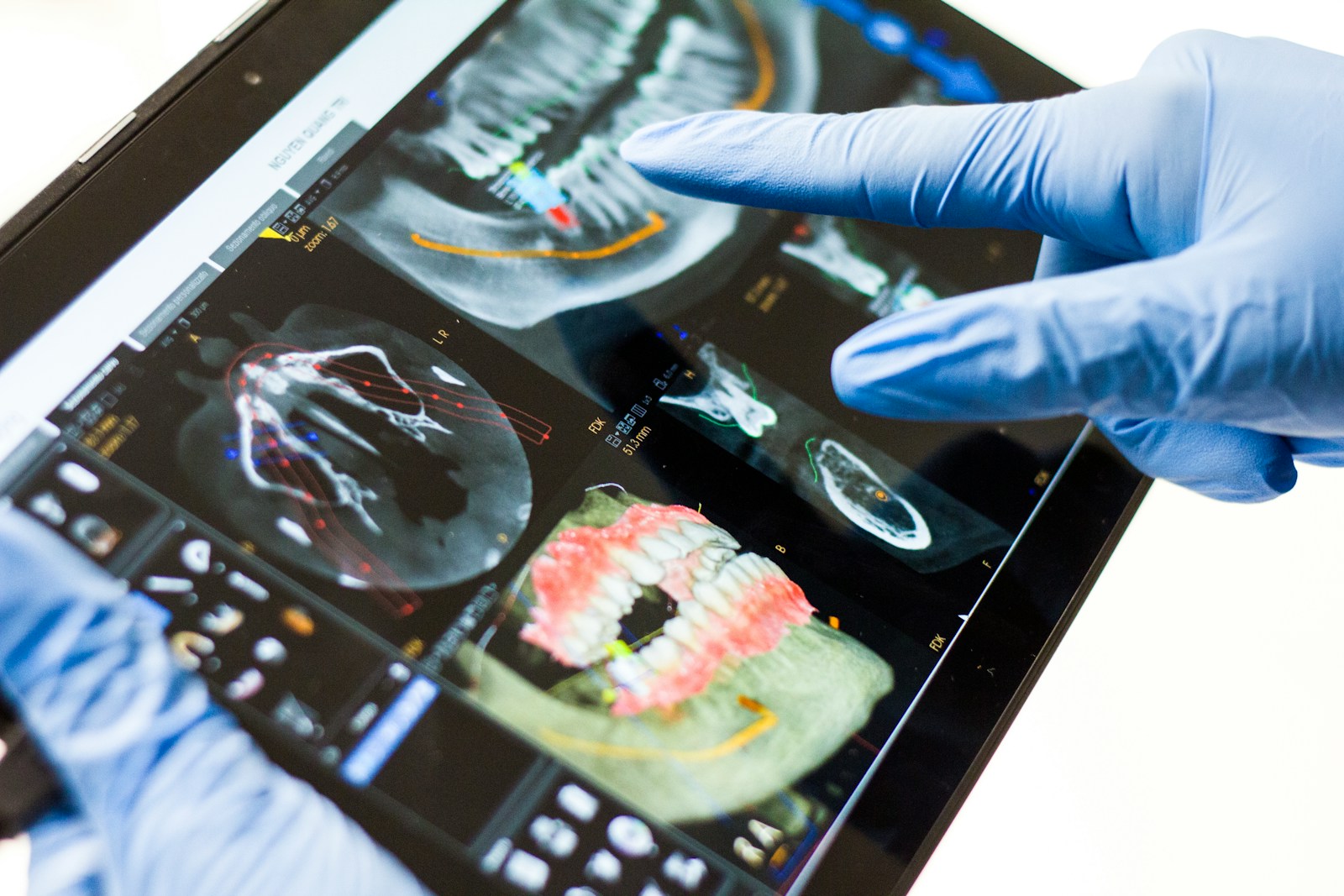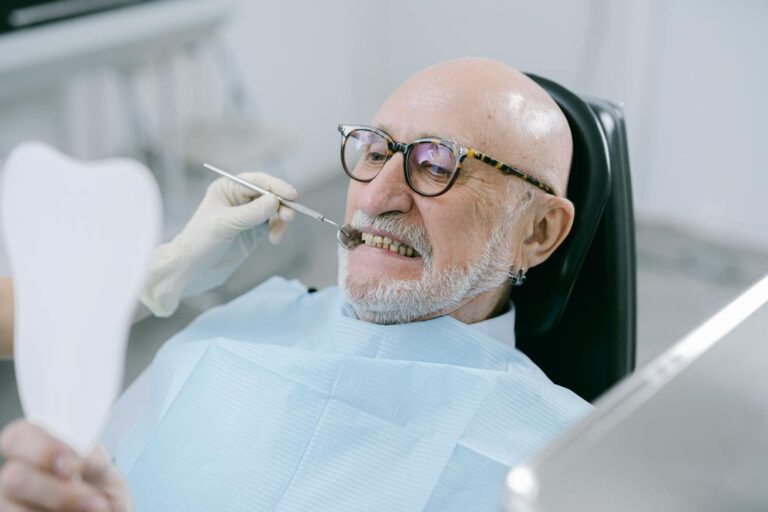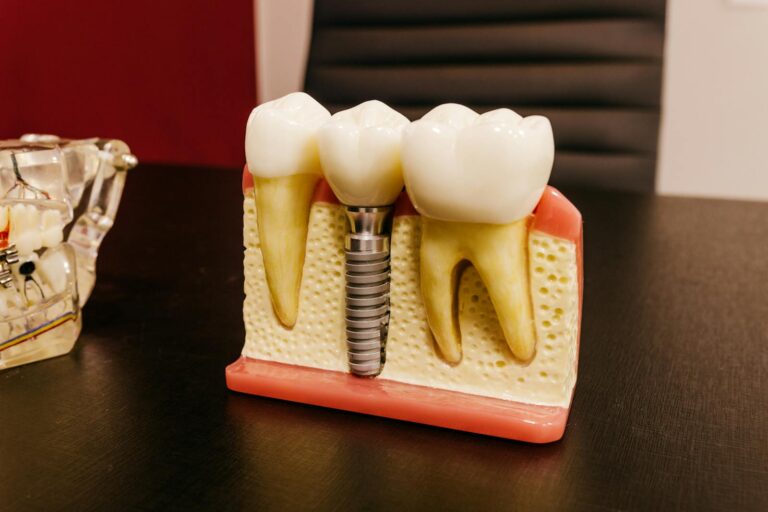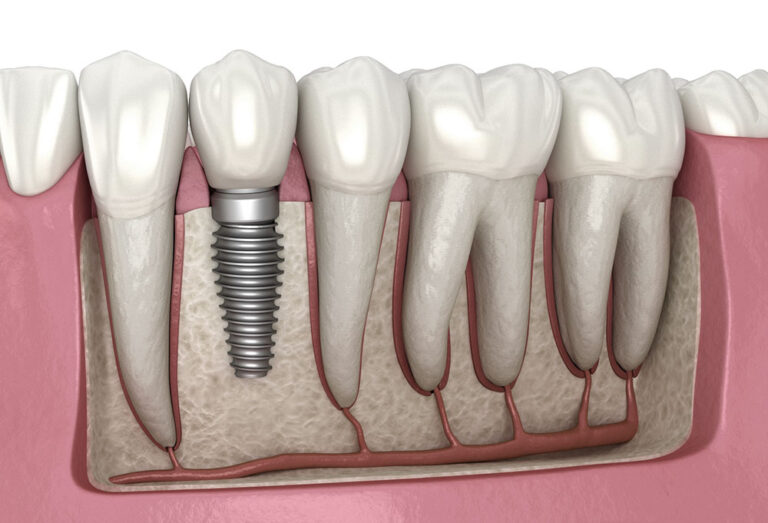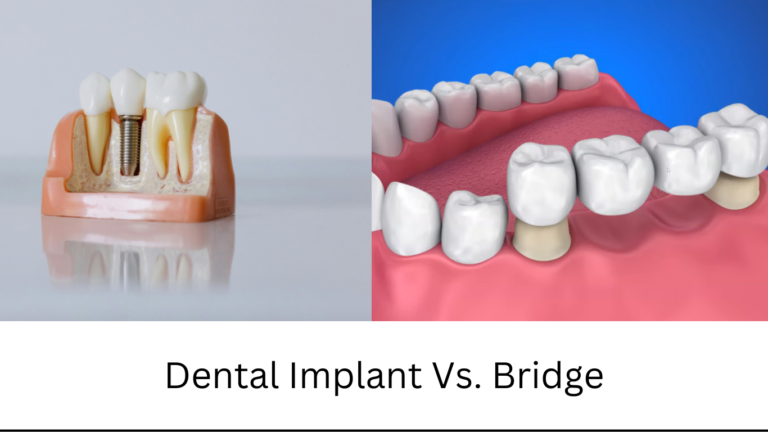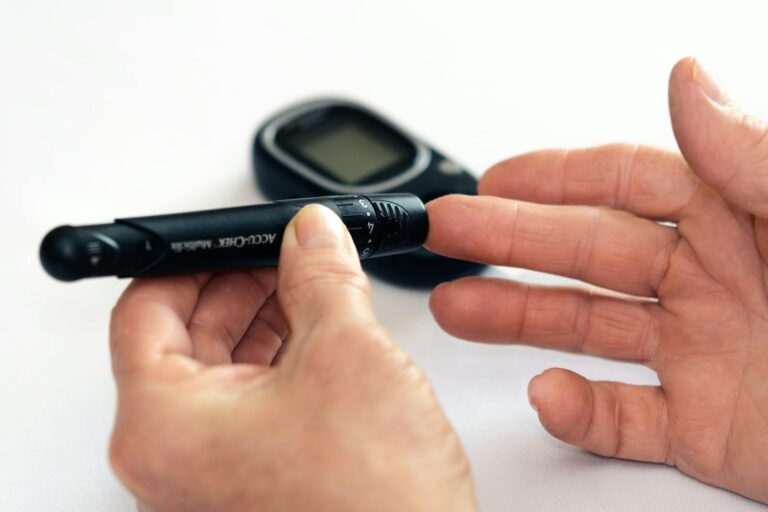How Painful Is the Dental Implant Healing Process?
If you’re thinking about getting a dental implant, one of the first concerns that might cross your mind is: “Will it hurt?” It’s a completely normal question—after all, dental implants involve surgery, and no one likes the idea of post-op pain. The good news is that the discomfort is usually far less intense than people expect and is often compared to the soreness after a tooth extraction.
In this blog, I’ll walk you through what the healing process feels like, how long it typically lasts, and what you can do to stay comfortable during recovery.
Is the Procedure Itself Painful?
The dental implant procedure is performed under local anesthesia, so you won’t feel pain during the surgery itself. Some patients even opt for sedation if they feel particularly anxious. The implant placement is a carefully controlled procedure, and most people are surprised by how smooth it actually is.
What you might feel is pressure during the surgery, but no sharp pain. Once the anesthesia wears off, that’s when some discomfort can begin—but it’s usually manageable.
What to Expect After Surgery
After the procedure, it’s completely normal to experience:
- Mild to moderate swelling around the gums and face
- Bruising on the gums or skin
- A dull ache or mild pain at the implant site
- Soreness in the jaw from keeping your mouth open during the procedure
This discomfort typically peaks within the first 48 hours and then starts to gradually subside. For most patients, the worst is over in about 3 to 5 days. Some people feel back to normal even sooner.
Pain levels vary from person to person, but most describe it as mild and similar to the tenderness after a dental extraction. If your dentist prescribes pain medication or antibiotics, be sure to follow their instructions closely to prevent complications and keep discomfort to a minimum.
How Long Does Healing Take?
There are actually two stages to the healing process:
- Initial healing – This phase generally lasts about 1 to 2 weeks, during which the soft tissue around the implant site begins to recover. In the first few days, you may notice mild to moderate swelling, tenderness, and some minor bleeding, all of which are normal signs of early healing. As the days progress, your gums will start to close up around the implant, and the discomfort will gradually diminish. During this period, it’s essential to follow a soft-food diet to avoid putting pressure on the healing area. Foods like soups, scrambled eggs, yogurt, smoothies, and mashed vegetables are ideal. You should also be cautious not to brush directly on the surgical site or disturb it with your tongue or fingers. Proper oral hygiene and post-operative care will help ensure the gum tissue heals smoothly and sets the stage for successful long-term implant integration.
- Osseointegration – This is the more extended and biologically complex phase of healing, during which the dental implant integrates with the surrounding jawbone. It typically lasts between 3 to 6 months, depending on the patient’s overall health, bone density, and adherence to post-operative care guidelines. During this time, bone cells gradually grow around and bond with the surface of the implant in a process called osseointegration, which is essential for creating a stable and permanent foundation for the artificial tooth. Despite how important this phase is, it is completely pain-free. There are no nerve endings in the implant itself, and the bone integration happens silently in the background. Most patients resume their normal routines during this period, with no awareness of the ongoing internal healing process.
Tips to Make Healing More Comfortable
Here’s how you can minimize pain and promote a smooth recovery:
- Apply ice packs to the outside of your cheek near the surgical area during the first 24 hours after the procedure. Use them in 15-minute intervals—15 minutes on, 15 minutes off—to help reduce swelling and minimize inflammation. Ice therapy is most effective within the first day following surgery and can significantly ease initial discomfort when used as directed.
- Take any prescribed or over-the-counter pain medications exactly as instructed by your dentist or oral surgeon. Prescription medications, such as stronger analgesics or anti-inflammatory drugs, can be especially helpful during the first couple of days when discomfort may be at its peak. Over-the-counter options like ibuprofen or acetaminophen are typically sufficient for managing mild to moderate pain and reducing inflammation. Be consistent with the dosage schedule to maintain a steady level of relief, and never exceed the recommended amount. If pain persists beyond a few days or worsens unexpectedly, contact your dental provider for guidance.
- Eat soft foods that are gentle on the surgical site and easy to chew without putting pressure on the implant area. Ideal options include warm (not hot) soups, smoothies, scrambled eggs, oatmeal, mashed potatoes, yogurt, applesauce, and well-cooked pasta. Avoid anything crunchy, spicy, or too hot, especially during the first few days, as these can irritate the healing tissue. Staying nourished while sticking to a soft diet will support healing and keep you comfortable during recovery.
- Avoid smoking or alcohol, as both can significantly hinder the healing process. Smoking reduces blood flow to the gums and bone, which can delay tissue regeneration and increase the risk of infection or implant failure. Alcohol, particularly when consumed in the early stages of recovery, can interfere with immune function and medication effectiveness, as well as irritate the healing tissues. For the best possible outcome, it’s strongly recommended to refrain from smoking and drinking alcohol for at least a few weeks after surgery, or as advised by your dental professional.
- Maintain gentle oral hygiene practices to keep the surgical area clean while minimizing any risk of disrupting the healing process. Use a soft-bristled toothbrush to clean nearby teeth, being careful not to brush directly over the implant site during the first few days. Rinse your mouth gently with warm salt water or an antimicrobial mouthwash as recommended by your dentist, especially after meals, to reduce bacteria and prevent infection. Avoid using electric toothbrushes or strong water flossers near the implant site until your dentist confirms it’s safe. Proper oral hygiene during recovery plays a crucial role in preventing complications and promoting a successful outcome.
- Follow up with your dentist to ensure everything is healing properly
When to Call Your Dentist
While mild pain and swelling are normal, you should contact your dentist if you experience:
- Severe or worsening pain after the first few days
- Persistent swelling or signs of infection (such as pus, fever, or bad odor)
- Loose implant or difficulty chewing beyond the expected recovery period
Early intervention can prevent minor issues from turning into major problems.
Final Thoughts
So, how painful is the dental implant healing process? For most people, it’s much easier than anticipated. While some mild discomfort is expected in the first few days, it’s usually short-lived and easily managed with basic care.
Thanks to modern techniques, good anesthesia, and proper post-op instructions, the implant journey is more comfortable and predictable than ever before. If you’re considering dental implants but are nervous about the pain, talk to your dentist. They’ll walk you through every step and help ensure your experience is as smooth as possible.
